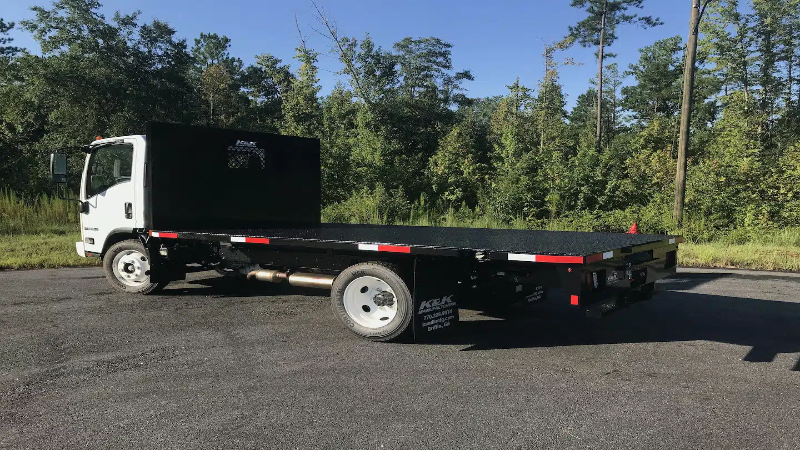Modern architecture in the United States is characterized by its clean lines, open spaces, and adaptability to a wide range of environments. As contemporary building trends continue to evolve, the construction industry is constantly searching for innovative solutions that meet the demands of both functionality and design. A key search phrase among architects and builders today is Platform Bodies, a concept that has gained significant traction for its ability to enhance structural versatility and support dynamic design choices.
The Role of Platform Bodies in Modern Architecture
Platform bodies play a crucial role in the construction and transformation of buildings across the country. These structural elements provide a stable, adaptable foundation that can accommodate a variety of architectural styles and building purposes. By offering a flat, elevated base, platform bodies simplify the process of modifying or expanding a structure, which is essential in urban and suburban settings where space and regulations may present challenges.
Key benefits of utilizing platform bodies in construction include:
• Enhanced Structural Support: They distribute weight evenly and provide a reliable base for multi-story buildings, reducing the risk of uneven settling.
• Design Flexibility: Architects can easily adapt layouts, incorporate unique features, or reconfigure spaces without major structural overhauls.
• Speed and Efficiency: Pre-fabricated platform bodies allow for faster assembly, reducing construction time and minimizing disruptions to surrounding areas.
These advantages make platform bodies an attractive option for projects ranging from residential homes to commercial buildings, especially when aiming for modern, flexible design solutions.
Improving Design Flexibility Across the USA
One of the most notable impacts of platform bodies is the increased design flexibility they offer. In a landscape where user needs and design preferences are constantly shifting, having a construction method that supports adaptability is invaluable. Platform bodies enable architects and builders to:
1. Accommodate Changing Needs: Spaces can be easily modified for new purposes, such as converting a commercial area to residential use or expanding a living space.
2. Integrate Sustainable Features: The modular nature of platform bodies supports the use of energy-efficient materials and technologies, which align with modern sustainability goals.
3. Meet Regional Requirements: Whether dealing with seismic activity on the West Coast or humidity in the South, platform bodies can be customized to address specific local challenges.
By incorporating platform bodies into their projects, design professionals are better equipped to deliver buildings that not only meet current needs but can also evolve with future demands.
The Future of Construction: Versatility and Innovation
As the architectural landscape in the USA continues to shift toward more adaptable and sustainable structures, the use of platform bodies is expected to grow. Their capacity to support a wide range of building styles, combined with the efficiency they bring to the construction process, makes them a cornerstone of modern design.
For those interested in learning more about how innovative construction methods are shaping the future of American architecture, visit this resource on platform body applications.
In summary, platform bodies are redefining what is possible in American architecture by offering unmatched support and flexibility. Whether for new builds or renovations, they provide a solid foundation for creativity, efficiency, and long-term value. If you are planning a project and want to incorporate the latest in adaptable construction, consider exploring the benefits of platform bodies and how they can transform your next build.

